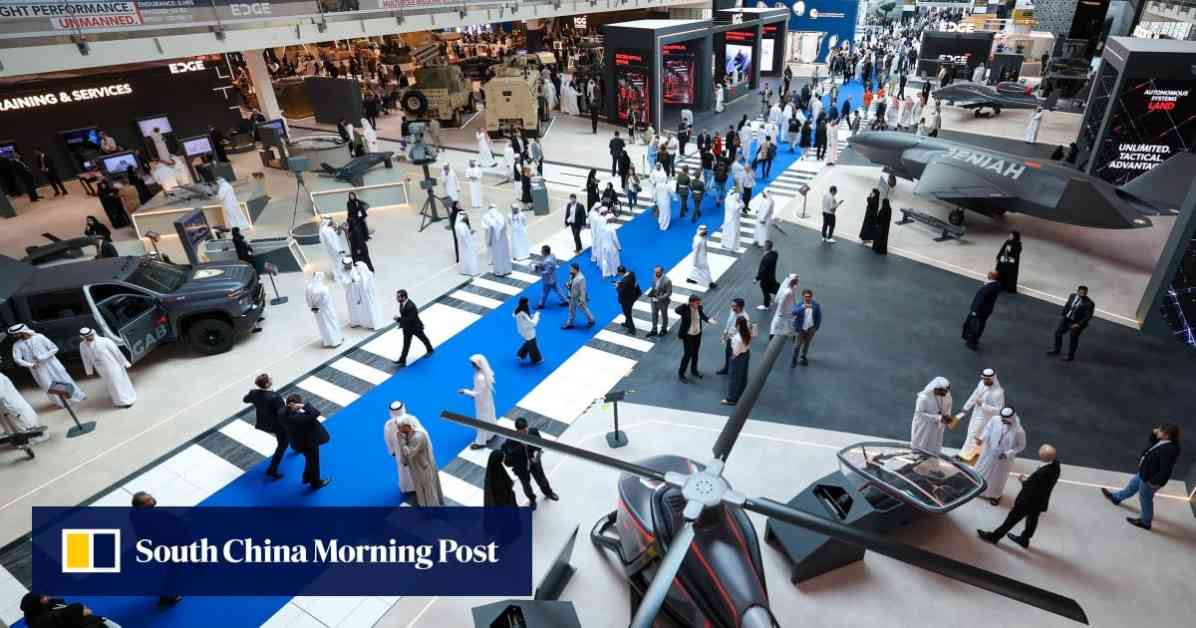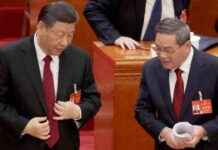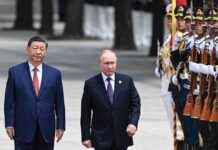Air-defence systems took center stage at the recent International Defence Exhibition & Conference (IDEX) in Abu Dhabi, showcasing the latest advancements in missile defense technology. Experts at the event noted that escalating armed conflicts in the region have fueled a surge in demand for sophisticated missile defense systems, with China emerging as a key player in the global market.
One of the standout exhibits at IDEX was the HQ-9BE, an export variant of the HQ-9B air defense system. This upgraded version boasts an impressive range of up to 260km (160 miles) and features an added passive infrared seeker, enhancing its precision and effectiveness in countering aerial threats. A striking 1:1 full-scale model of the HQ-9BE system was proudly displayed at the event, showcasing China’s technological prowess in the field of missile defense.
China’s Influence on the Global Market
The HQ-9 family of air defense systems, including the HQ-9BE, is widely recognized as a derivative of the Russian S-300 long-range surface-to-air missile system. The S-300 has a strong presence in former Soviet republics, the Middle East, and China. Despite challenges faced by Russia’s arms exports due to ongoing conflicts like the war in Ukraine, China has successfully positioned itself as a significant player in the international arms market.
Chinese missile defense systems, such as the HQ-9 and HQ-17AE, have garnered attention from countries in the Middle East seeking to bolster their defenses against aerial threats like drones and missiles. The HQ-17AE, an export variant of the HQ-17A, has been notably acquired by nations like Saudi Arabia and Serbia. Drawing inspiration from Russia’s Tor system, the HQ-17 series offers a reliable solution for low-to-medium altitude, short-range air defense needs.
Expert Insights and Real-World Applications
Timothy Heath, a senior international defense researcher at the Rand Corporation, highlighted the strategic importance of advanced missile defense systems in the Middle East. He emphasized that countries in the region, including Israel, are increasingly turning to these cutting-edge technologies to safeguard against missile and drone attacks. Israel’s successful use of missile defense systems in countering threats from Iran and militant groups like Hamas serves as a testament to the effectiveness of these systems in real-world scenarios.
In conclusion, the focus on Chinese missile defense systems at IDEX underscores the growing demand for innovative solutions to combat evolving security challenges. With countries around the world prioritizing the enhancement of their air defense capabilities, China’s contributions to the global market are poised to shape the future of missile defense technology.



























